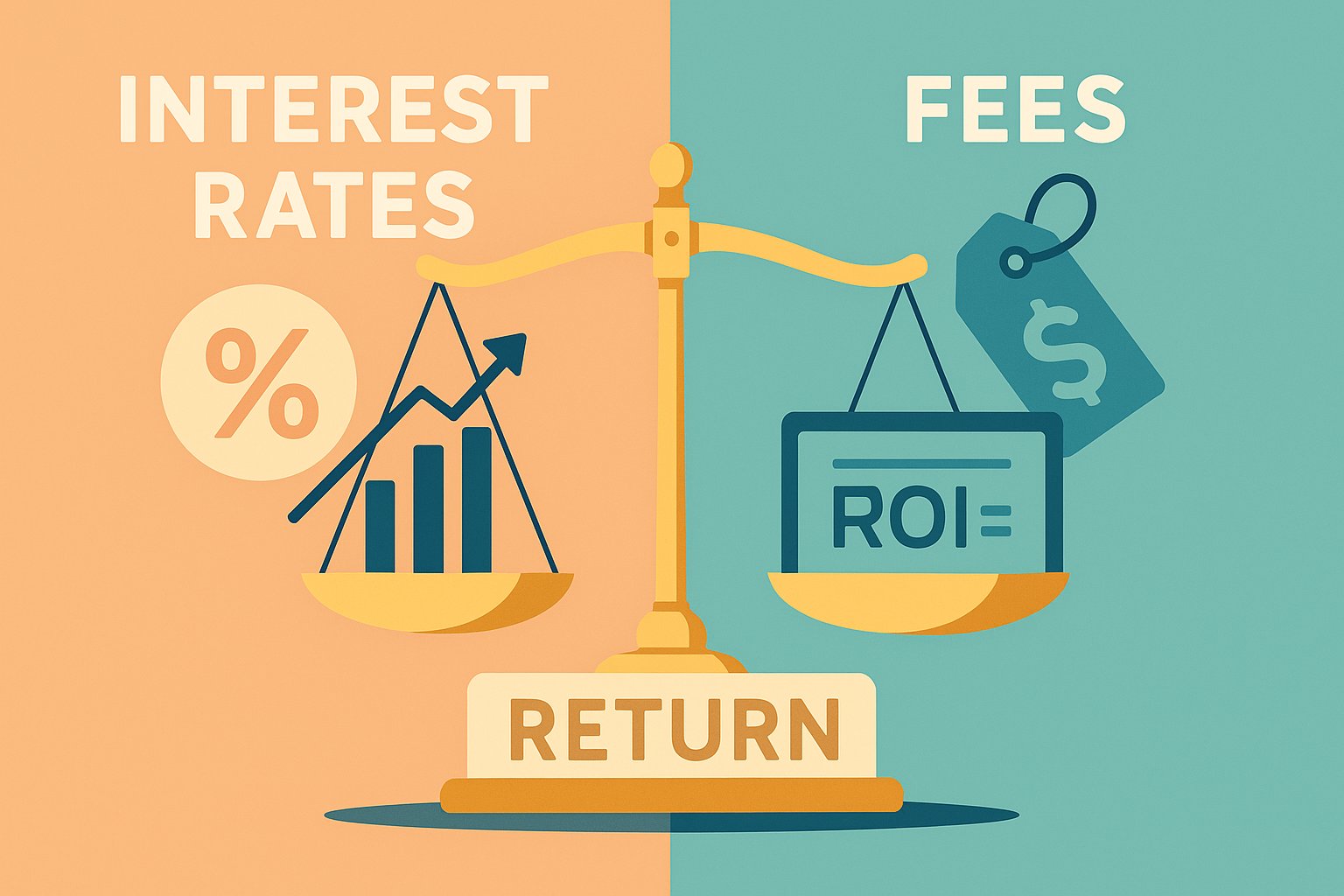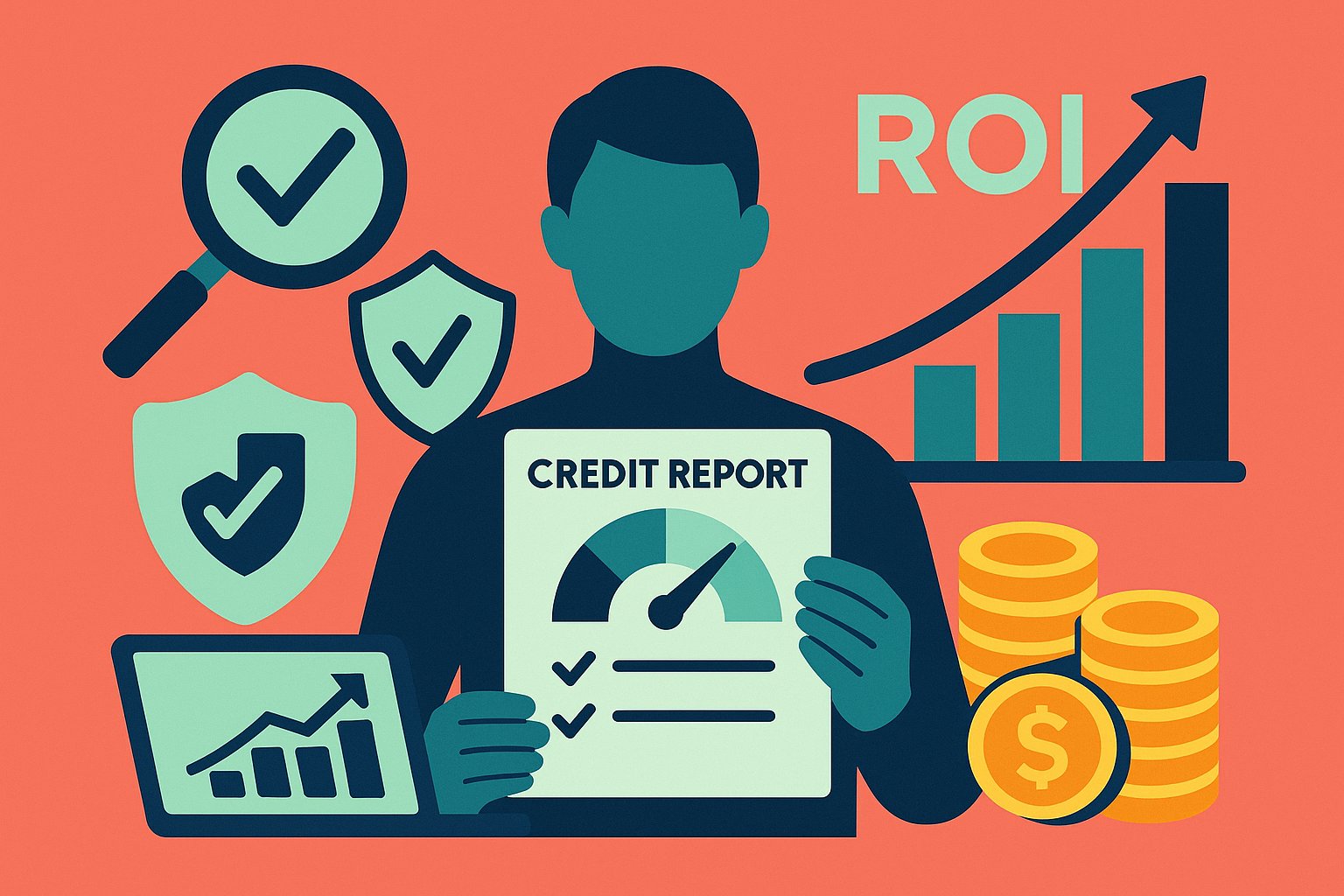Unveiling the Tug of War Between Rates and Fees
Peer-to-peer (P2P) lending has emerged as a dynamic alternative to traditional banking for both borrowers and investors. As an investor, you’re drawn by attractive interest rates that often outshine savings accounts and traditional fixed-income offerings. Yet, beneath the surface of those enticing rates lies a web of fees that can quietly erode your returns. Understanding the interplay between interest rates and fees in P2P lending is crucial to nurturing a healthy portfolio. In this opening exploration, we’ll unravel the factors that shape your true return, guiding you toward smarter, more informed investment decisions.
Dissecting Interest Rates: The Engine of Your Earnings
At first glance, interest rates in P2P lending marketplaces appear straightforward: borrowers agree to pay a specified annual percentage rate (APR), and investors receive those payments as yield. However, these rates are anything but arbitrary. P2P platforms typically employ proprietary underwriting models that evaluate borrower creditworthiness, income stability, and debt-to-income ratios. Each borrower receives a credit grade—often ranging from A to G—corresponding to risk. Higher-risk borrowers pay elevated interest rates to compensate investors for increased default probabilities, while lower-risk borrowers benefit from more modest rates.
When you select loans to fund, you’re essentially choosing the risk-return trade-off. A loan labeled “Grade A” paying 5 percent APR will likely have a lower default risk than a “Grade F” note promising 15 percent. Over a diversified portfolio, blending interest rates across grades allows you to calibrate your overall expected return. However, keep in mind that advertised rates represent gross yields, not net. By understanding how platforms assign rates, you can more effectively estimate prospective returns and weigh each opportunity against your own risk tolerance.
Decoding Fee Structures That Chip Away at Yields
While interest rates represent the headline number, fees are the hidden undertow that can diminish your earnings. P2P platforms charge fees to cover origination, servicing, and sometimes payment processing. Origination fees are deducted from the borrower’s proceeds before funds disburse, meaning the interest rate you see often reflects a fee already baked into the loan. Servicing fees—typically a small percentage of the outstanding principal—are charged throughout the loan’s life. If a platform tacks on a 1 percent annual servicing fee, you effectively lose one percentage point of interest each year.
Additional fees may surface when borrowers pay late, incur penalties, or refinance. Some platforms share a portion of late fees with investors, but these windfalls rarely offset the cumulative effect of ongoing servicing charges. Before allocating capital, examine each platform’s fee schedule: some charge flat origination fees, while others tier fees based on borrower credit grade or loan term. By decoding these structures in advance, you ensure there are no unpleasant surprises when your monthly statements arrive.
When Low Rates Hide High Fees: A Balancing Act
Investors often chase loans with mid-range interest rates—those sweet spots that promise respectable yields without flipping a coin on high-risk borrowers. Yet, a mid-range APR can be misleading if accompanied by steep fees. For example, a borrower offering 8 percent APR might face a 5 percent origination fee, leaving you with a loan that effectively yields closer to 7.5 percent net, before servicing fees or defaults. Conversely, a loan with a 6 percent APR but minimal origination charges might result in a higher net yield after all costs.
When comparing loan opportunities, focus on net yield rather than the headline rate. Calculate the reduction in principal at origination, then subtract all monthly or annual servicing charges from the expected interest payments. If a 12 percent APR note carries a 3 percent origination fee and a 1 percent servicing fee, your effective yield could be as low as 8 percent—possibly undercutting safer, lower-rate alternatives. By factoring in every fee, you can spot loans that look appealing at first glance but ultimately deliver meager returns.
Platform Fees: How They Shape Your Profit Landscape
Each P2P platform implements its own fee framework, reflecting factors like underwriting sophistication, customer acquisition costs, and regulatory compliance. Some marketplaces differentiate fees by loan category—charging higher origination fees for riskier personal loans versus lower fees on shorter-term small business lending. Others bundle fees into a single “platform service charge,” simplifying investor accounting but obscuring the underlying cost structure.
Beyond origination and servicing, take note of secondary markets where you can buy or sell existing loans. Fees often apply to each secondary transaction—sometimes as high as 1 to 2 percent of the transaction value. If you aim to liquidate a portion of your portfolio mid-cycle, these transaction fees can quickly eat into your profits. To navigate this complexity, create a side-by-side comparison of prospective platforms. Scrutinize fee schedules, ask about bundled versus unbundled charges, and identify how each platform’s revenue model influences your net yield over the loan term.
Late Fees, Penalties, and Their Ripple Effects
While most platform fees are contractual and predictable, late fees and penalties introduce an element of uncertainty. When a borrower misses a payment, platforms often impose a penalty—typically a fixed dollar amount or a percentage of the overdue installment. Some portion of that penalty may flow to investors, offsetting a small slice of potential losses. Yet, if a borrower’s financial distress worsens, future interest payments may be delayed or skipped entirely, and late fees might never materialize.
As you evaluate loan listings, review the borrower’s payment history on the platform, if available. A note with no prior delinquencies suggests a lower risk of late fees—or worse, default. Conversely, a history of late payments might prompt you to demand a higher yield or bypass the loan altogether. Remember that while late fees can pad investor returns, they pale in comparison to the principal at risk. By keeping a close eye on borrower repayment patterns, you reduce the likelihood of relying on erratic penalty income.
Net Yield vs. Gross Yield: The True Return Equation
Calculating your actual return requires moving beyond headline rates into the realm of net yield. Start with the APR—the borrower’s stated annual interest rate—and adjust for origination fees. If you invest $1,000 into a loan with a 10 percent APR and a 4 percent origination fee, your true principal at risk is $960. Next, forecast annual servicing fees—say, 1 percent—reducing your expected 10 percent interest down to 9 percent of the outstanding balance. Finally, layer in anticipated defaults. If loans in a given credit grade historically default at 5 percent, subtract that loss from your adjusted interest. After accounting for all these variables, you arrive at a realistic net ROI that may diverge substantially from the cursory APR.
Neglecting to perform this net versus gross calculation is a common pitfall. Many investors anchor to the APR without verifying how fees will fluctuate over the loan’s lifespan. Tools and spreadsheets designed for IRR (internal rate of return) calculations can help incorporate cash flow timing and reinvestment assumptions. Whether you use a basic calculator or a sophisticated model, the goal remains the same: quantify exactly how much money flows back to your account after all deductions and potential losses.
Tactics to Optimize Your Returns in a Fee-Heavy Environment
Armed with insights into fee structures and true net yields, you can adopt proactive strategies to maximize your ROI. First, prioritize loans where origination fees are minimized or waived for top-tier borrowers. While these notes often come with lower APRs, their net yields can rival or exceed riskier loans burdened by hefty upfront charges. Second, diversify across multiple credit grades and loan durations. By spreading capital across a spectrum of risk profiles, you insulate your portfolio from sharp losses in any one category. Third, seize opportunities in secondary markets when loans trade below par. Buying a note at a discount—say, at 95 cents on the dollar—can elevate your effective yield, even if the underlying APR remains unchanged.
Another powerful tactic is to reinvest principal repayments quickly. Each time borrowers remit payments, reinvesting that cash into fresh loans helps maintain your target net yield. However, be mindful of secondary market fees if you liquidate existing notes; sometimes it’s preferable to hold a loan to term rather than incur transaction charges. Ultimately, a disciplined approach—anchored in data, spread across diverse sectors, and attuned to fee dynamics—paves the way for sustainable returns, even in a fee-rich landscape.
Forecasting Future Trends: The Evolution of Fees in P2P Lending
As P2P lending matures, platforms continuously refine fee structures to attract borrowers while preserving investor appeal. Some emerging marketplaces experiment with subscription-based models, where investors pay a modest monthly or annual fee rather than traditional origination and servicing percentages. Others introduce incentive programs—waiving certain fees for early adopters or large-volume lenders. Regulatory developments also play a part: as jurisdictions tighten oversight on consumer lending, platforms may adjust fees to cover compliance costs or pass regulatory burdens onto investors.
Keep a vigilant eye on these evolving trends. Platforms that streamline fees, offer transparent disclosures, and prioritize low total costs may win a competitive edge, channeling more of the borrower’s interest into investor pockets. Conversely, marketplaces that rely heavily on hidden or opaque charges risk alienating their capital base. By staying informed and adapting your allocation strategy to shifting fee landscapes, you position yourself to capitalize on innovations that align with your return objectives.
Striking the Perfect Balance Between Rates and Fees
In the final analysis, successful P2P lending hinges on a delicate equilibrium: balancing enticing interest rates with a clear-eyed understanding of fees. The highest APR does not automatically translate to the highest return, especially when fees and defaults loom large. Investors who master the art of calculating net yield—factoring in origination, servicing, and ancillary charges—accrue a decisive advantage. They cherry-pick loans where risk-adjusted yields outpace comparable investments, sculpting portfolios that thrive over economic cycles.
By decoding fee structures, scrutinizing platform models, and leveraging strategic diversification, you safeguard your capital and enhance growth. As you embark on—or deepen—your P2P lending journey, treat each loan not as a mere interest rate printed on a screen but as a composite of costs, risks, and opportunities. When you strike the perfect balance between rates and fees, you unlock the true potential of peer-to-peer lending: steady, risk-adjusted returns that reward your patience, discipline, and analytical rigor.




